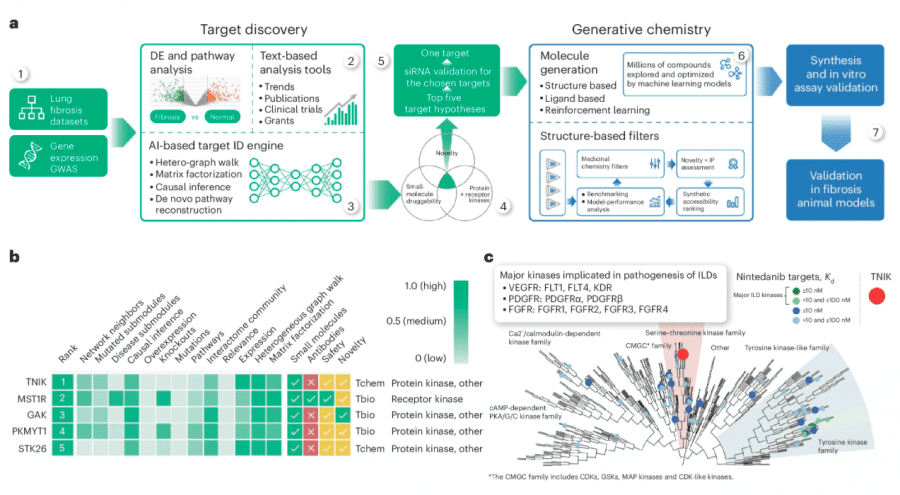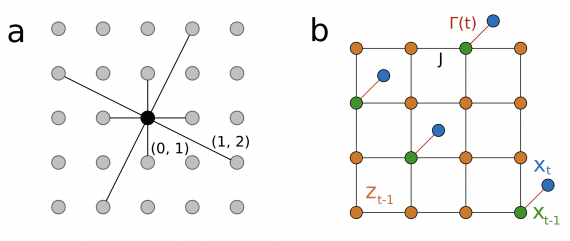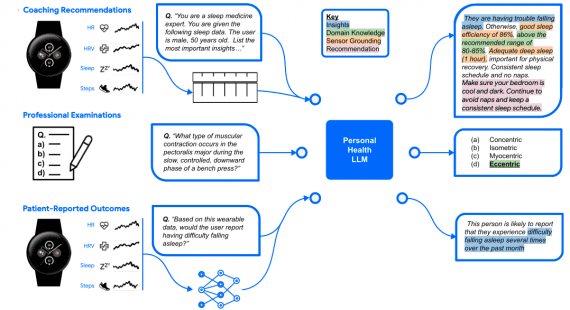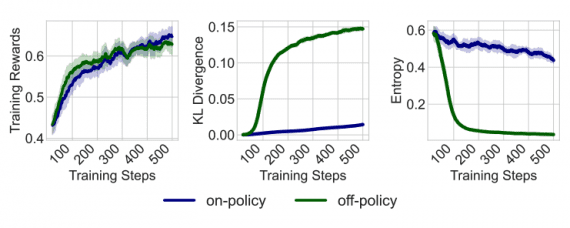
Startup Insilico Medicine has unveiled the first drug developed using generative models. This innovative approach to creation enabled the drug to pass its initial clinical trial phases in just two years – three times faster than usual.
Drug development typically faces over 90% failure rates, requiring billions of dollars and decades of preclinical research involving cells, tissues, animal models, and human clinical trials. According to Insilico’s estimates, using traditional drug development methods, developing their new compound, INS018_055, would have cost over $400 million and taken nearly six years.
In a paper published in Nature Biotechnology, the entire development pipeline of INS018_055 is presented. This candidate drug was discovered using Insilico’s artificial intelligence platform for treating idiopathic pulmonary fibrosis – a relatively rare but aggressive lung disease. The publication outlines the initial experimental data and the preclinical and clinical evaluation of a potentially first-in-class TNIK inhibitor, discovered and developed using generative artificial intelligence.

INS018_055 is the first drug in which the target protein was identified and prioritized using a biological model, and the candidate molecule was generated using generative chemistry methods.
The company utilized its Pharma.AI platform, which comprises numerous models trained on millions of samples to address a wide range of tasks. One of its tools, PandaOmics, rapidly identifies target proteins. The second tool, Chemistry42, employing deep learning, swiftly develops new potential drug compounds targeting proteins identified using PandaOmics.








